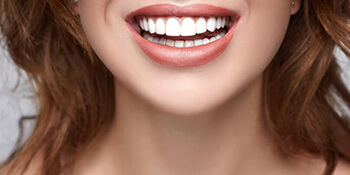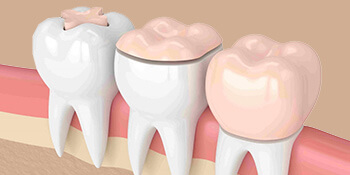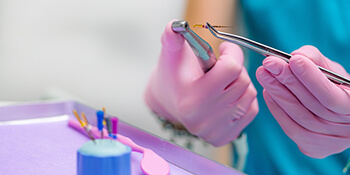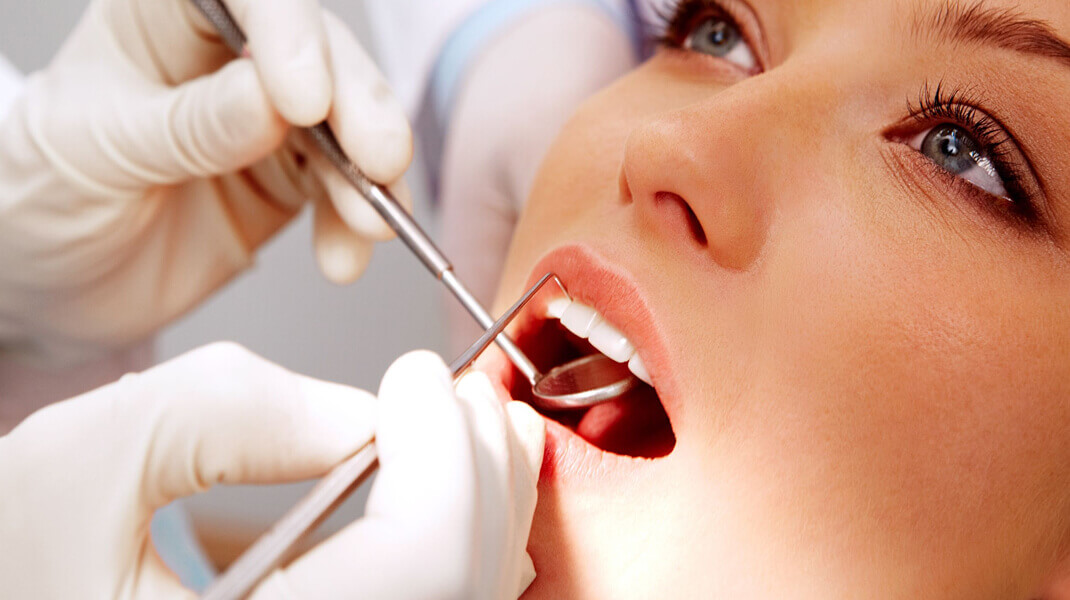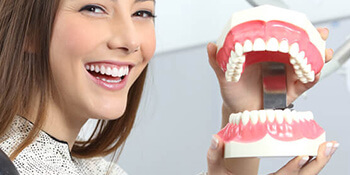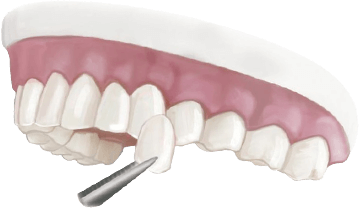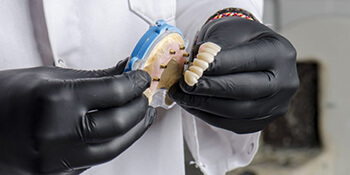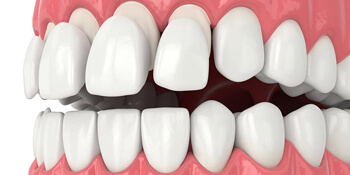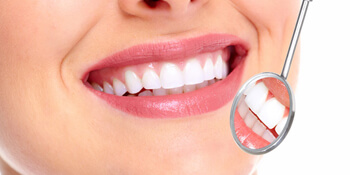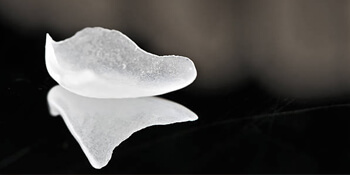Filling Treatment
Filling is the removal of decayed and damaged tissues formed in the tooth for various reasons over time, and filling the gap opened after that area is cleaned with filling material. If the decayed tooth is not treated, it may be lost after a while. Caries that are not intervened in a timely manner with the filling may exceed the enamel and dentin level and reach the nerves and may require “canal treatment”. Therefore, it is always useful to take precautions before the decay progresses. Also, tooth fractures and cracks may require filling. Caries is a minor preventable disease that affects many people to varying degrees at some point in their lives. The foods we eat (sugar, floury, starchy foods, milk, fruit juices, cola drinks, fruits and vegetables, etc.) leave some residue on our teeth. Especially the residues of starchy and sugary foods are converted into acid by the bacteria naturally found in our mouth. This acid, on the other hand, dissolves the protective enamel layer covering the outer surface of the tooth over time (demineralization), weakens the tooth and causes the onset of caries. After the tooth decay is cleaned, the tooth is restored with materials suitable for the tooth. Inlay and Onlay fillings are porcelain fillings. they adapt to the tooth in an extremely aesthetic sense. Since they are subjected to laboratory procedures after the measurement is taken, it does not end in a single session. In our clinic, the interventions to be applied to your decayed teeth are prepared very meticulously and with the comfort of the few clinics in Turkey.
How to Identify Caries?
Although the easiest way to understand bruises is known as pain, decay starts in the enamel layer and does not cause pain. Pain begins when the carious dentin layer reaches. In particular, certain stimuli (such as hot, cold food and drinks) aggravate the pain. As the bruise reaches deeper, the pain gets worse and root canal treatment is needed. There are several ways to tell if it’s rotten. Bruises appear black/brown in color and are visible to the naked eye. However, it is more difficult to detect caries, especially between teeth. These are visualized with special dyed liquids that are rinsed in the mouth or by radiographic methods.
How Is Filling Made?
First, the dentist anesthetizes the tooth to be filled with local anesthesia. Then the bruised area is cleaned with hand tools and a bur. The opened space is shaped for filling. Another way to remove bruises is laser treatment. This method is especially preferred for adults and children who are afraid of the sound of dental instruments. The preparation of the filling depends on the filling material to be used. There are 3 types of filling materials:
- Amalgam filling,
- Composite filling,
- Porcelain filling.
- After Filling
After the filling
Specially if anesthesia is applied, you should not eat anything for 1-2 hours until the effect of the anesthesia wears off. Because numbness in the chin and cheeks can cause injuries in the mouth during biting. It is also beneficial to avoid very hard foods on the first day, as it will take 24 hours for the filling to reach full hardness. Sensitivity may occur after filling. Especially pressure, hot/cold foods and drinks, sweet foods can cause sensitivity. If this does not go away within 2 weeks, you may need to consult your doctor. Although it is not very common, some patients may experience pain after filling. Pain during chewing, especially when the effect of anesthesia wears off, may be caused by the shape and height of the filling. Likewise, if you have pain around the filling or that does not go away, your dentist will determine the source of the problem and develop a treatment method. Sometimes, some sharp edges may be overlooked while the filler is polished. Having these corrected by your doctor prevents a possible injury in the mouth. After the filling is done, it is useful to pay attention to the following items:
- Avoid very hot drinks
- Do not consume hard and sticky sugary foods,
- Do not put too much pressure on your filled tooth while eating for a week,
- Gargle with anti-bacterial mouthwash or salt water,
- Don’t forget to brush twice a day.

